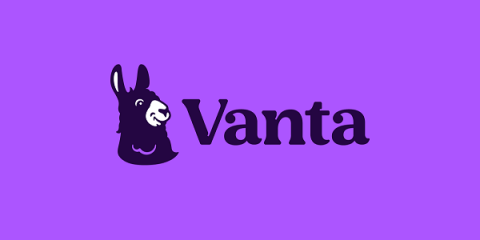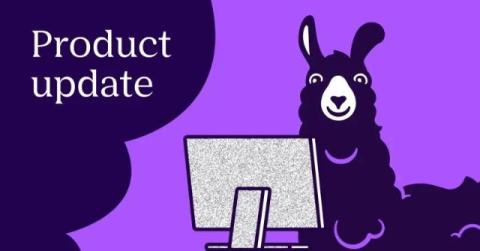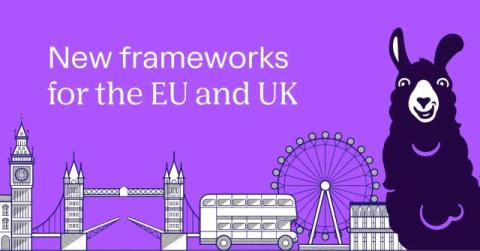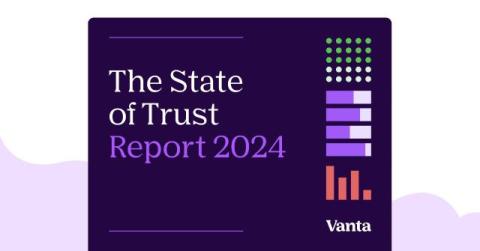Vanta Delivers: New Products to Move Compliance Beyond the Standard
Announcing Vanta for Marketplaces, AI-powered chat for Trust Centers and developer-first remediation. Product announcements and demos to be livestreamed at VantaCon 2024 at 9:30am PT / 12:30pm ET.










